How To Clean Fish Filter
Most fishkeepers know well-nigh the importance of cleaning filter sponges, and to just ever do information technology in old aquarium water, not tapwater. They as well know to replace white filter wool and polishing pads when dingy, and to replace carbon every thirty days. But the filter pump itself, the beating heart of the filtration system also needs maintenance too.
A typical scenario goes like this: You switch the filter off to clean it, plough information technology back on and zilch happens. Or you take a powercut, the filter goes off and then doesn't come dorsum on again. Your first instinct is usually to contact the online store and report to them that there's a error with the filter. But 99 times out of 100 the pump won't burn support over again simply because there is a build-upwards of clay around the impeller.
Filter pumps and powerheads of all kinds contain just ane moving role - the impeller. Looking similar a plastic cross or a propellor, the impeller is attached to a cylindrical magnet that spins on either a steel or ceramic shaft. The powerhead - the motor of the unit - has all its electricals cast in epoxy resin to waterproof them, merely inside it turns electricity on and off which in plough makes the magnet spin at high speed, making the impeller spin, which pushes the water.
The magnet doesn't really impact the sides of the impeller chamber so that it tin spin nice and easily, but over fourth dimension the bedchamber fills with brown slime and the magnet gets a coating of gunk too. This lessens the forcefulness of the magnetism between the pump motor and the magnet. The other thing that tin can happen is that coarse debris similar grains of gravel, snail shells or establish leaves can enter the impeller chamber and block or jam the impeller. The result, the pump goes off and won't start once again.
How to make clean an impeller
So when you lot do your monthly filter maintenance clean the sponges, replace the polishing pads and carbon, merely take a wait at the impeller. This can be accessed on the underside of all filter pumps by removing the protective cover disc first past mitt. With the pump switched off at the mains, catch the cross-shaped impeller and pull information technology out of the chamber.
The magnet will come with it, and if the shaft is ceramic, that can be removed also. A note of caution - ceramic impeller shafts are brittle and decumbent to breaking when handled so handle with care. They likewise sit down inside a safety bush at each cease, and then make certain they aren't lost during cleaning.
Slide the impeller off the shaft and make clean the impeller and magnet with a filter cleaning brush. This tin also be done nether the tap. Clean the impeller sleeping room within the pump, replace the shaft, carefully replace the impeller, then supervene upon the impeller comprehend. Once back in the water switch the pump on and it should burn down dorsum into activeness like it e'er did earlier.
Impeller blades and shafts tin intermission, and very muddied impellers can ware or even jam in the sleeping accommodation. Just like the tyres on a automobile, impellers and shafts are wearable parts so they won't be covered under manufacturers warranties. For the best possible peace of mind, ever carry a spare impeller or run two filters in tandem to comprehend in the issue that one fails.
Internal filter clean step-past-step
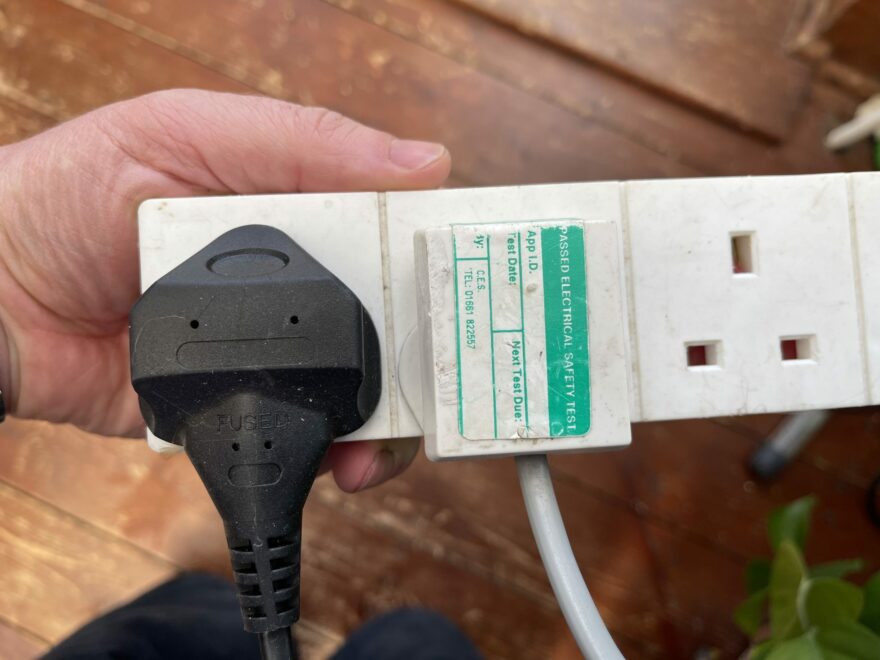
1. Plough off the power to the filter at the mains
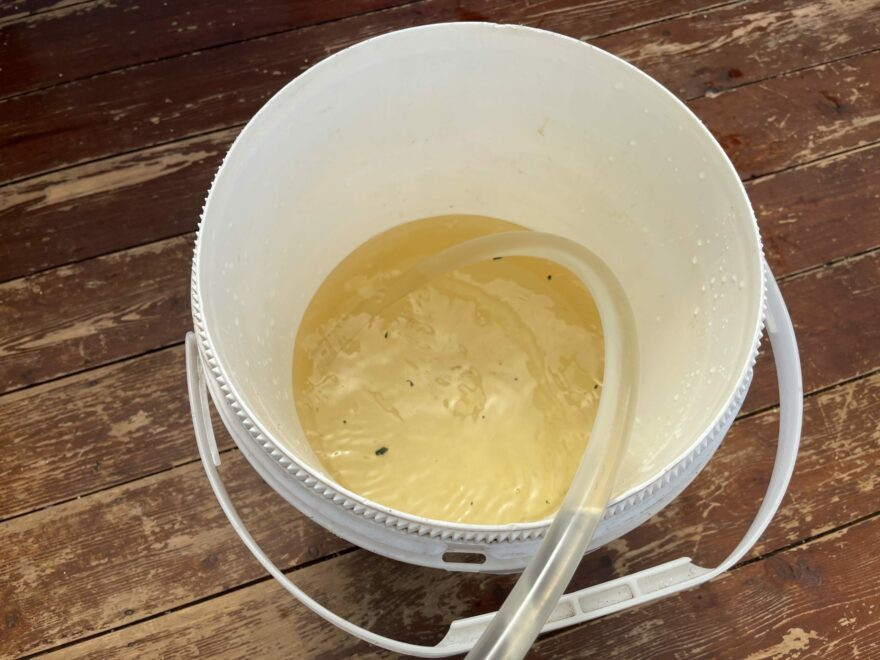
2. Syphon some aquarium water into a saucepan
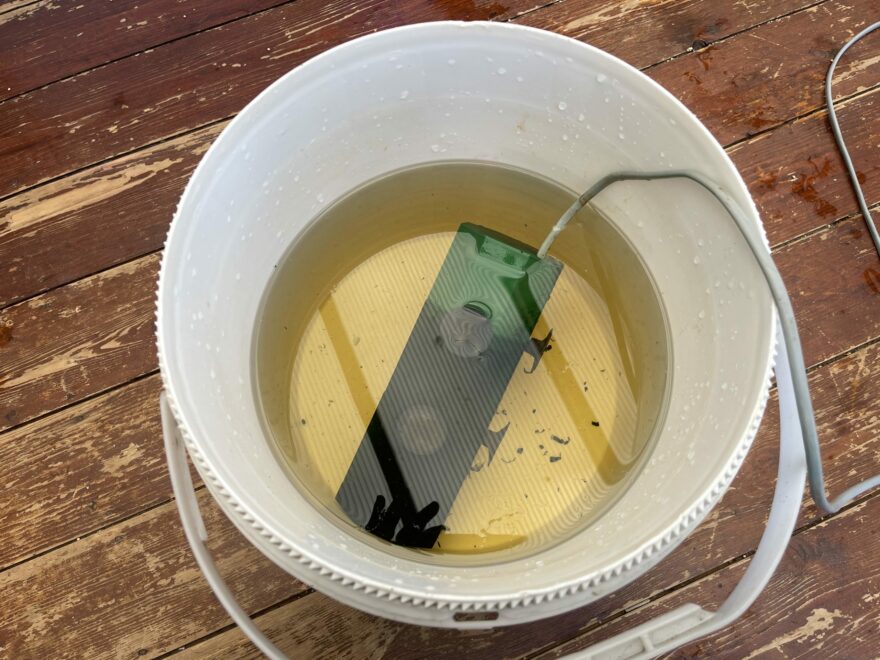
three. Place the filter canister in the bucket of water
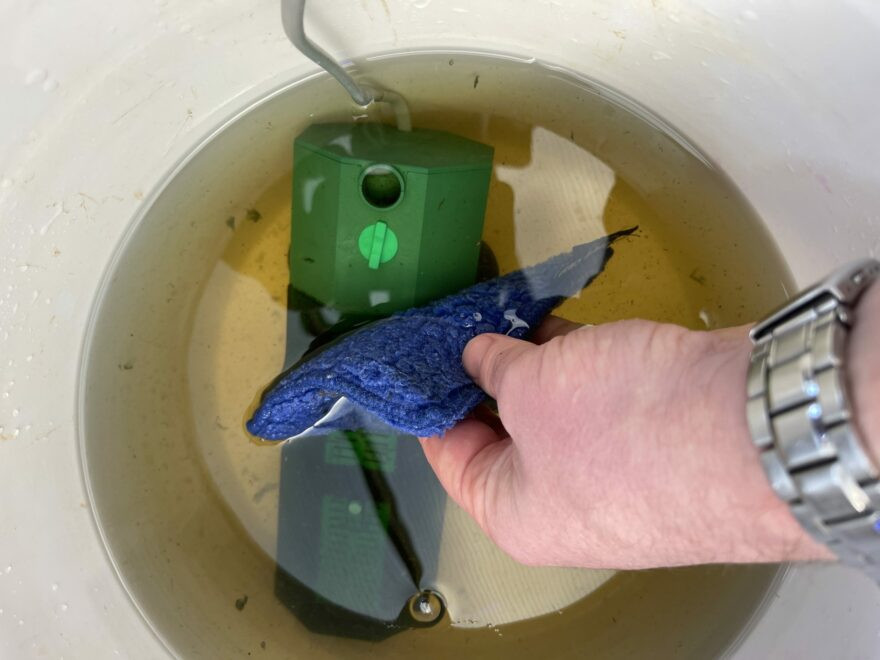
4. Clean the canister with your aquarium algae pad
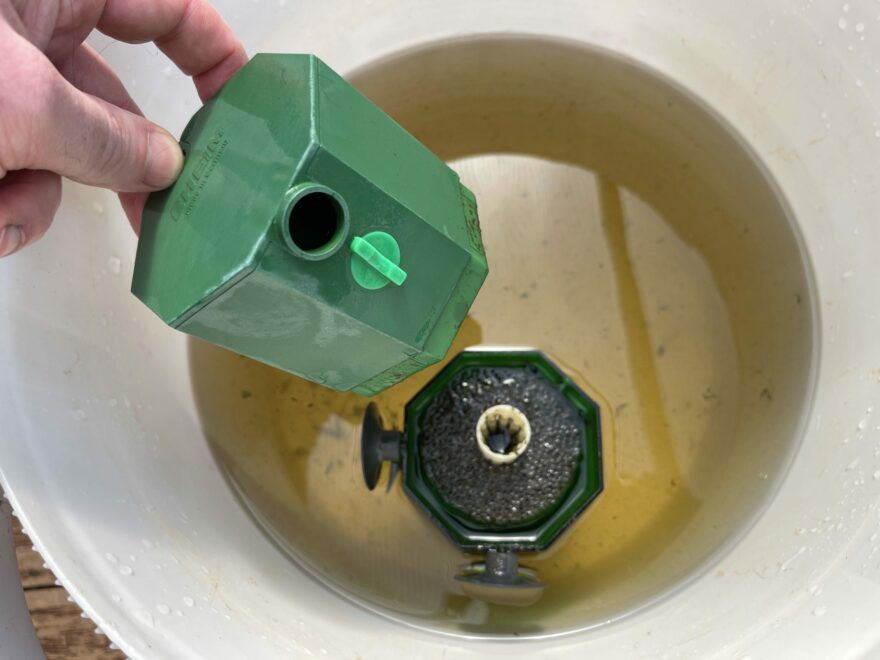
5. Remove the powerhead from the canister filter body
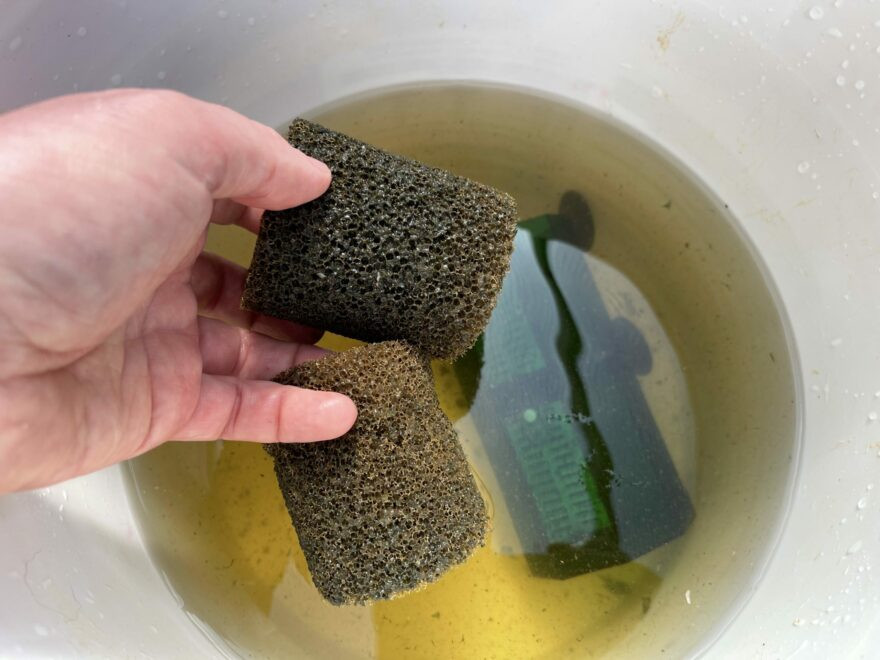
6. Remove the muddy sponges from the canister
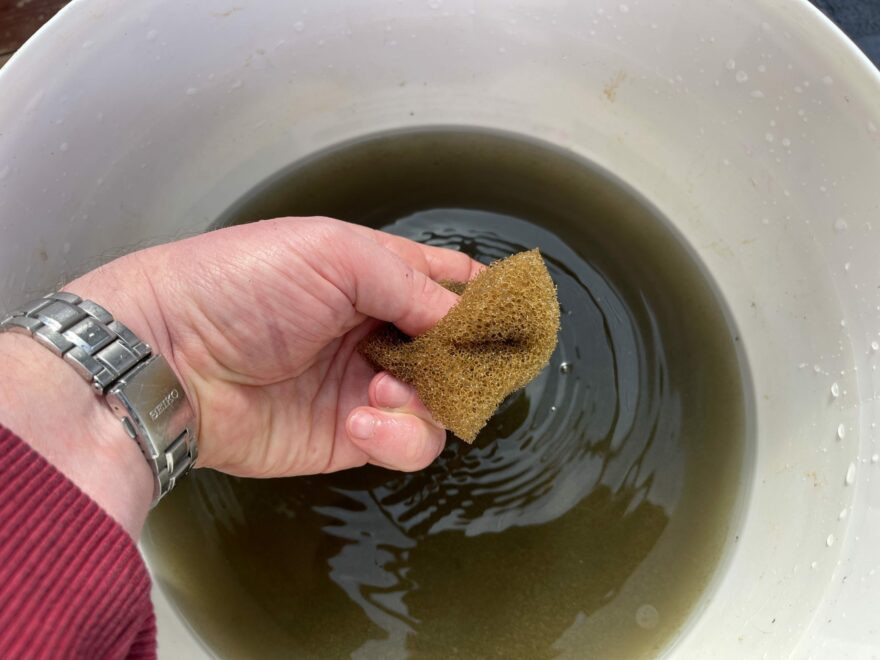
vii. Clean the sponges in the old tank water in the bucket
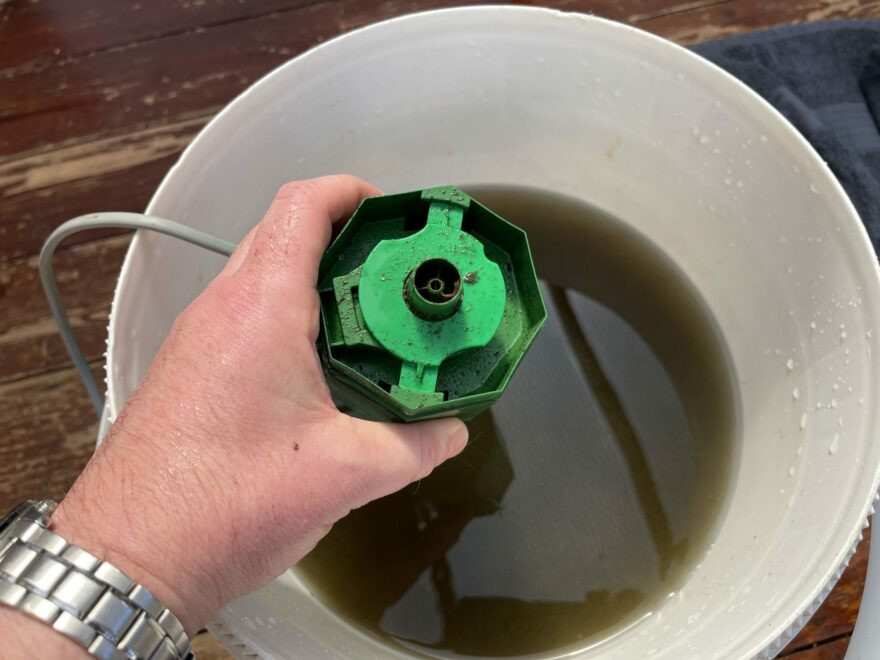
8. Turn the pump upside downwards to reveal the impeller cover
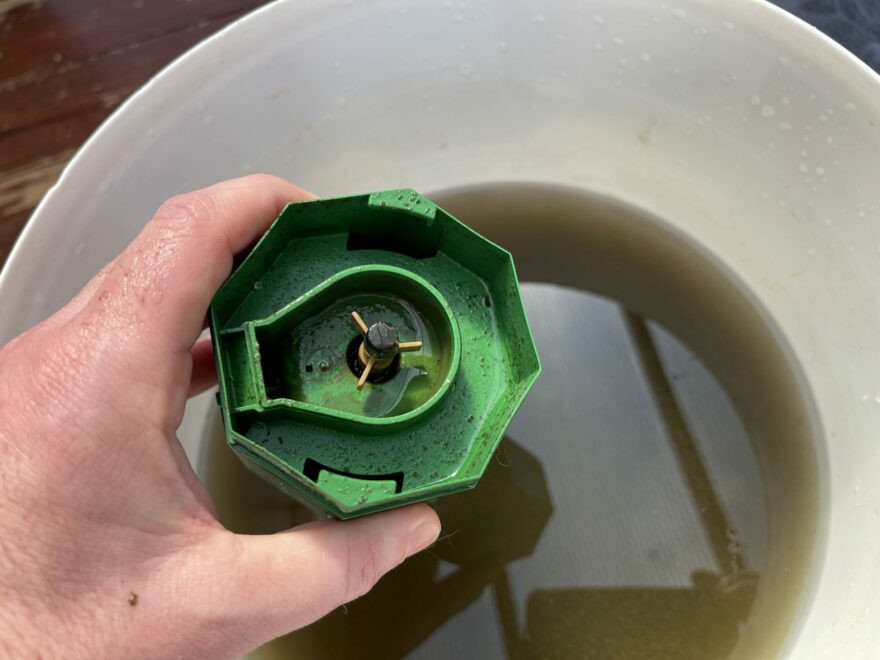
nine. Remove the impeller cover
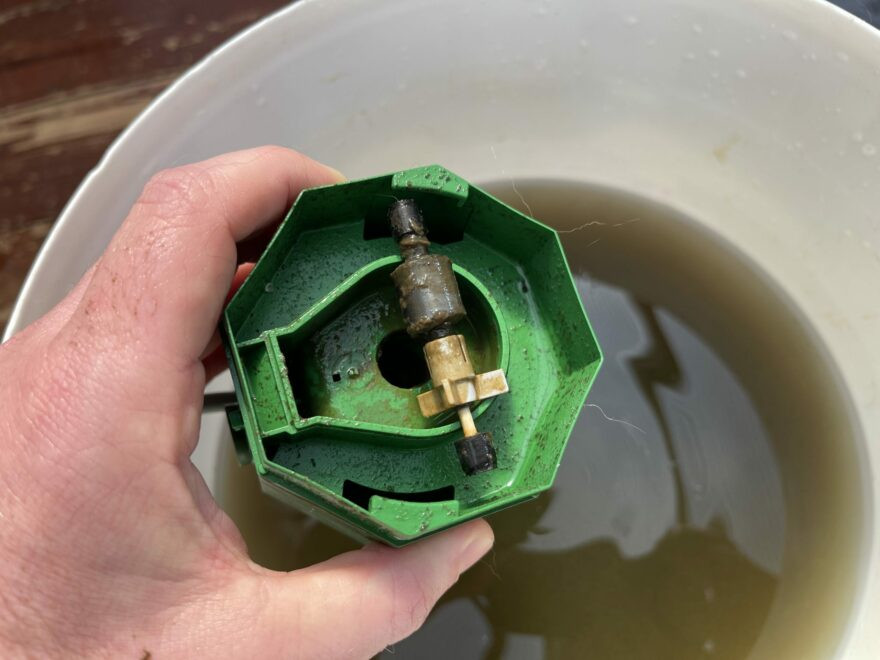
ten. Remove and carefully clean the impeller
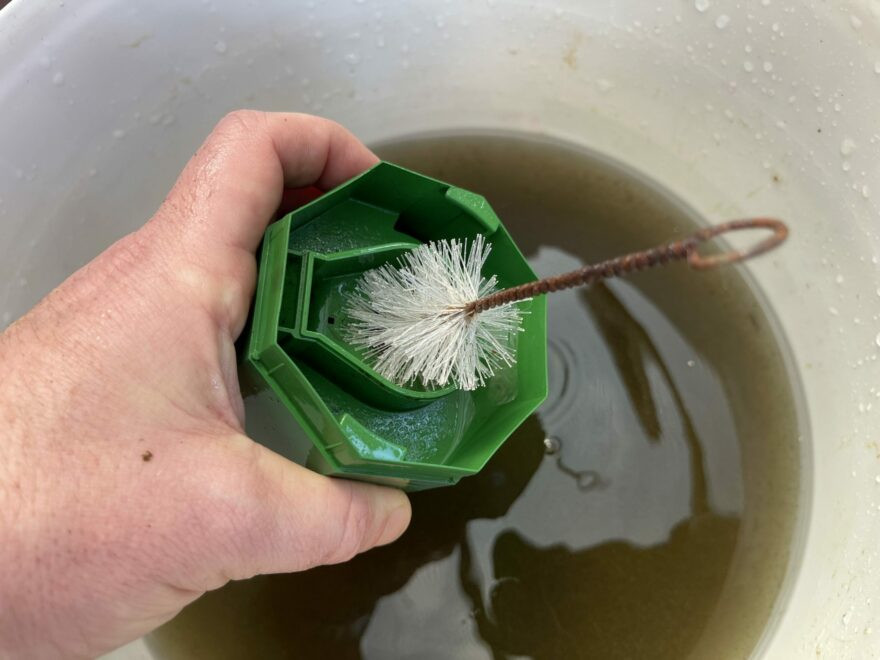
11. Make clean the impeller shaft
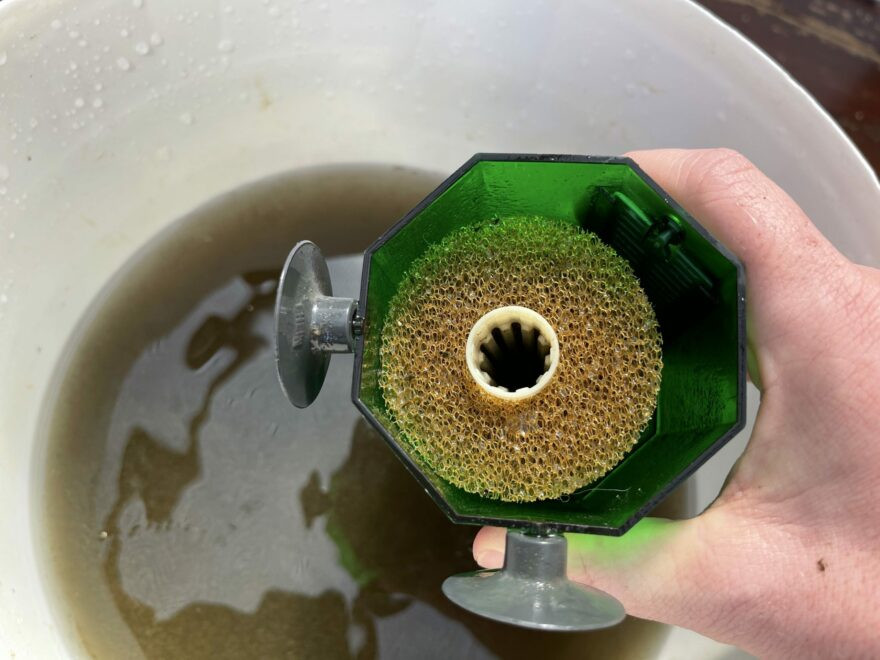
12. Put the make clean sponges back inside the canister
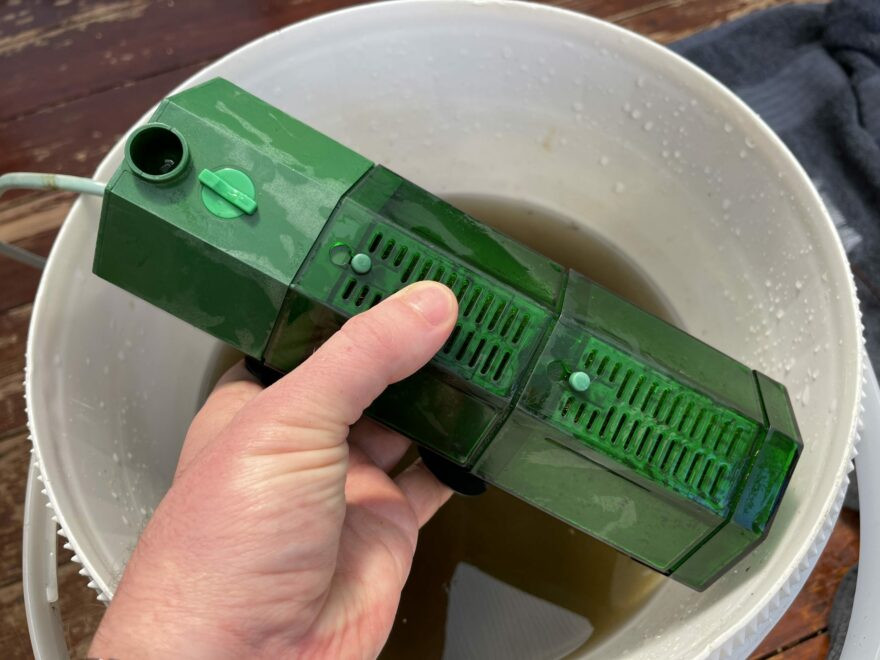
13. Reassemble the canister
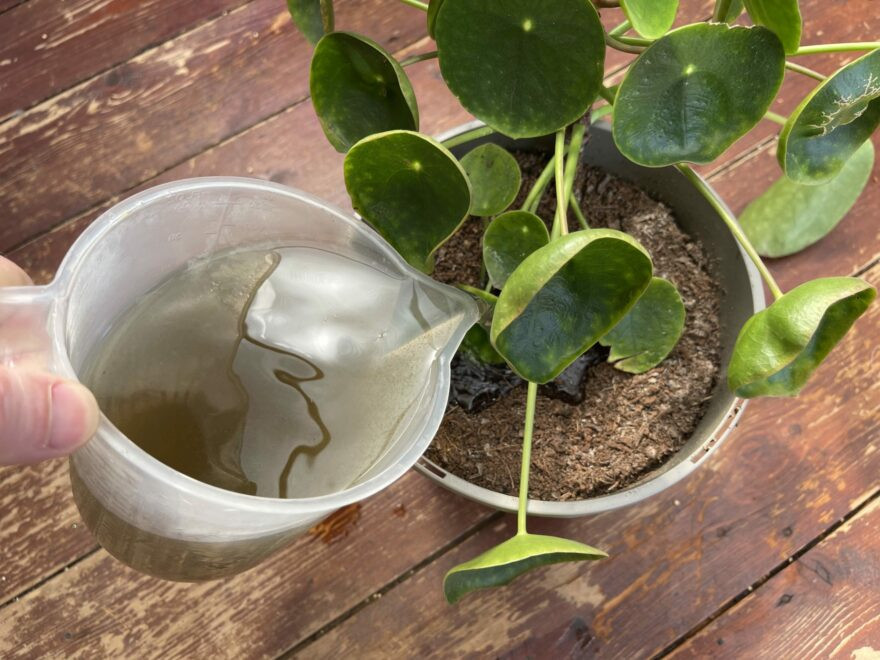
xiv. Utilize the old dingy tank water to water your plants
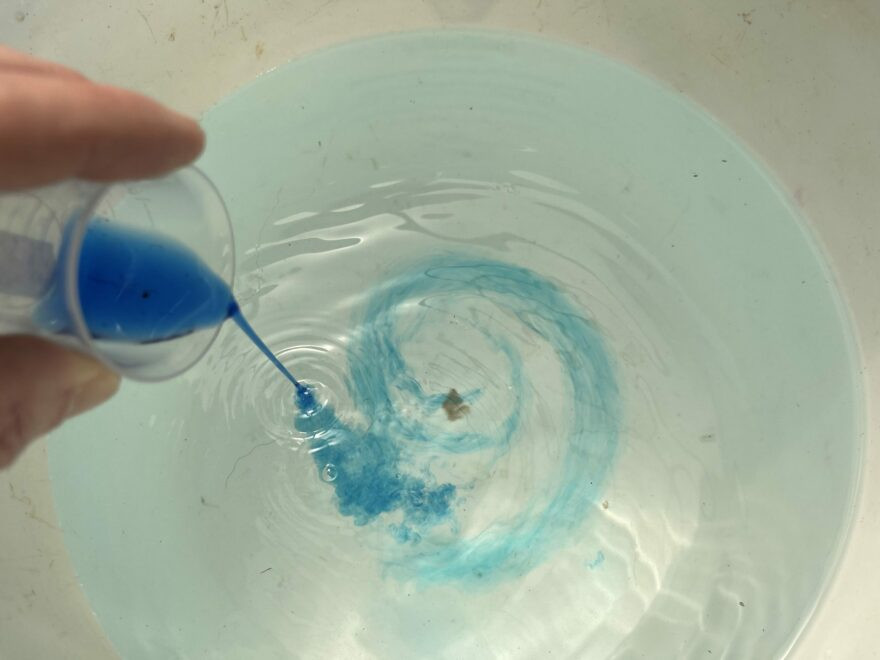
fifteen. Supervene upon the water from the tank with dechlorinated tapwater
How To Clean Fish Filter,
Source: https://www.swelluk.com/help-guides/how-to-clean-an-aquarium-filter-pump/
Posted by: lockhartthereenewhe.blogspot.com


0 Response to "How To Clean Fish Filter"
Post a Comment